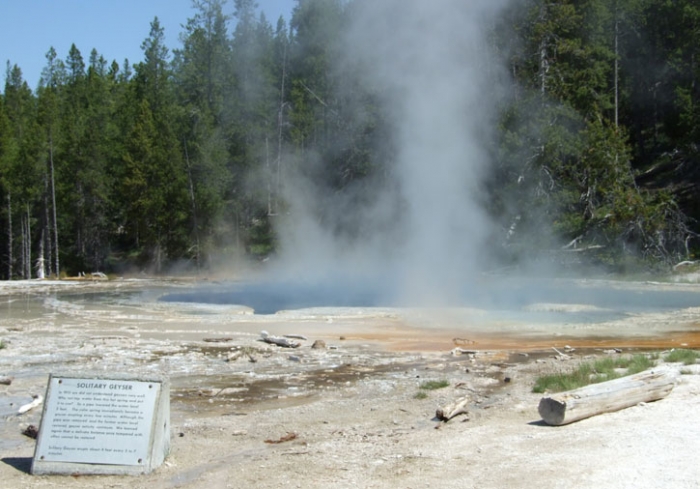Humanity's use of water has a long history for obvious reasons—agua es vida! Civilization is thought to have first arisen in the Tigris-Euphrates River Valley, where irrigation canals have been used for at least 6,000 years. In addition, the site of vast water bodies (lakes, oceans) or flowing water in rivers and streams, provide aesthetic appeal and comfort for many, as well as providing sources for food, waste disposal, and recreation. For these reasons among others, humans have lived and worked near water, exerting strong and important influences on the water cycle, water quantity, and quality.
Reading assignment
- To better understand some of these influences please visit the Wikipedia entry for "Water Resources." Much of the information there has been covered in this course, so plan to focus on the sections entitled "Uses of fresh water" and "Water stress."
- To learn more about Human influences on water quality visit the Utah State University Cooperative Extension and read about Agriculture & Water Quality, Urban Stormwater, and more.

When Yellowstone National Park was established this feature was known as Solitary Spring and it did not erupt. Water was diverted from the spring to a swimming pool which lowered the water level sufficiently to start eruptions. Even though the diversion channel was filled and the water returned to its original level in the late 1940s, this thermal feature has not returned to its stable hot spring condition. A temporary change in the water level has led to a long-term change in the nature of this portion of the geyser basin, illustrating the delicate nature of these geothermal systems.
Credit: Karan Witham-Walsh, 2008